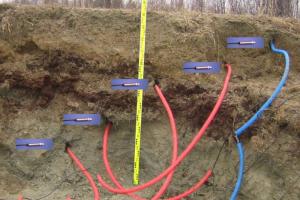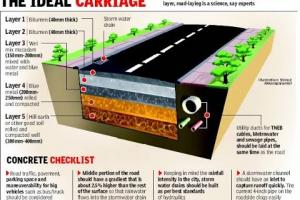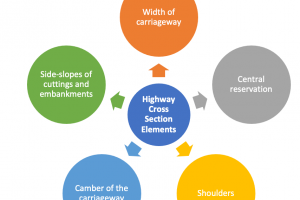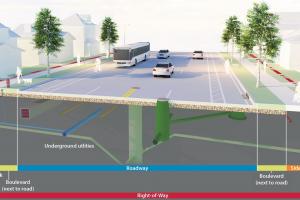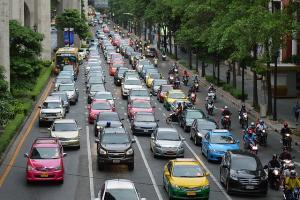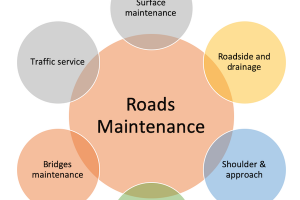Factors Affecting Trip Generation in Traffic Studies
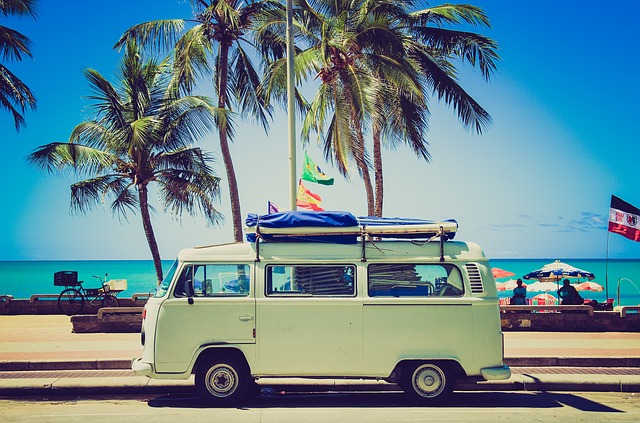
Factors Affecting Trip Generation
Parameters to define the nature and extent of a trip.
The trip generation aims at predicting the total number of trips generated and attracted to each zone of the study area. In other words this stage answers the questions to / how many trips" originate at each zone, from the data on household and socioeconomic attributes.
Also See: Travel Demand Forecasting
a. Purpose of the trip
Purpose of the trip generation studies is to predict the number of the trips to be made and the exact time of when a trip will be made. At an individual level, people make trips for a reason - to go to work, to go shopping, to go to a medical appointment, to go for recreation, etc.
Trip purpose refers to the purpose for which the trip is being undertaken. Travel demand behavior changes with trip purpose. For example, one hardly exercises any choice for work trips; i.e., one generally does not decide every time whether to go to work or not, one obviously does not decide where to go to work (generally it is fixed over a period of time for a large section of the population), even the choice of route and mode are not daily decisions. On the other hand, for recreational trips, an individual makes a large number of decisions, like whether to go, where to go, how to go. Consequently, the travel demand behavior for work trips vary considerably from recreational trips. This example, can obviously be extended to other types of trips like shopping trips, etc. Given the effect of trip purpose on travel demand behavior, the analysis of travel demand is done separately for different trip purposes.
b. Approach
The approach applied in trip generation studies is to combine all the decision-making units, categorize different trip types, Aggregate trip times (e.g., AM, PM, rush hour) and generate a model on the basis of the available data.
c. Time of departure and arrival for a trip
Once the decision has been made to make the journey, it still remains to be decided when to travel
d. Mode employed
The trip maker also takes a decision as to what mode of transport he/she will use for a given trip. This decision, however, is only available to those who have access to different modes and are not captive users of any particular mode.
Relate to what mode of transport the traveler intends to use, be it car, bus, train or slower modes such as cycling/walking.
e. Distance of origin from destination
f. Route traveled
The trip maker on any given trip takes a definite decision on which route to take so as to reach the destination. Again this decision is available to trip makers who have access to modes which can use different routes as per the wishes of the trip maker. Such modes would generally include personal automobiles or two wheelers.
Focus on the actual physical route taken from origin to final destination. The choice between different potential routes is made on the basis of which has the shorter travel time.
g. Utility of the trip
- Time saved
- Money earned per trip
h. Factors affecting trip generation and rate of Trip Generation
The main factors affecting personal trip production include income, vehicle ownership, house hold structure and family size.
In addition factors like value of land, residential density and accessibility are also considered for modeling at zonal levels. The personal trip attraction, on the other hand, is influenced by factors such as roofed space available for industrial, commercial and other services. At the zonal level zonal employment and accessibility are also used. In trip generation modeling in addition to personal trips, freight trips are also of interest. Although the latter comprises about 20 percent of trips, their contribution to the congestion is significant. Freight trips are influenced by number of employees, number of sales and area of commercial firms.




